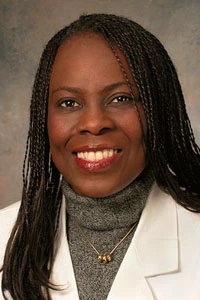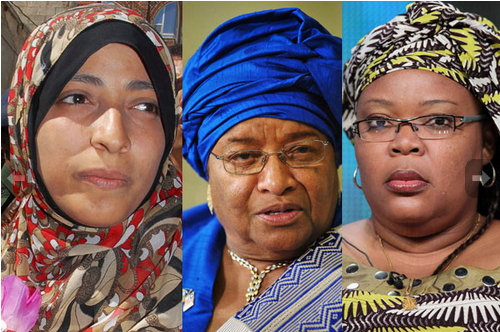Tags
abnormal cells in the cervix, bleeding during sexual intercourse, cervical cancer symptoms, lower abdominal pains, ovulation pains, symptoms of cervical cancer

Every sexually active woman should have a pap smear every year to rule out or detect cervical cancer early. Cervical cancer is a malignant disease of the cervix. The cervix is the lowest part of the uterus (womb) that connects it to the birth canal. Cancer of the cervix occurs when abnormal cells in the cervix grow out of control. It is the second most frequent cancer in women in Kenya, and the second most frequent cancer in women between 15 and 44 years.
Symptoms of cervical cancer; Symptoms may go unnoticed because they mimic many other ailments and women may pass them off as ovulation pains. Many times, however, cervical cancer has no symptoms and when they do occur, the cancer is at an advanced stage.
The most common symptoms include;
- Abnormal vaginal bleeding, or changes in menstrual cycle.
- Bleeding during sexual intercourse.
- Pain during intercourse.
- Foul-smelling vaginal discharge tinged with blood.
- Symptoms of advanced disease may include loss of appetite, weight loss, fatigue, and lower abdominal pains.
Diagnosis of cervical cancer may be made using the following methods;
- Pap smear: Cells from the surface of the cervix are viewed under a microscope to find out if they are abnormal.
- Colposcopy: This procedure directly visualises the vagina and cervix for abnormal areas with signs of disease, after which curettage may be carried out.
- Curettage: Involves collecting tissue samples from the cervix to check for signs of cancer.
- Biopsy: If abnormal cells are found on a pap smear, a sample of tissues is taken and examined by a specialist pathologist.
Treatment modalities depend on the stage of the cancer, size of the tumour, the patient’s desire to have children, as well as age. Treatment may include radiation therapy and surgery. Surgery, which targets the removal of cancerous cervical cells, is based on the above factors and can be local (on or around the cervix), or widespread (occasionally including the uterus) depending on the degree of disease and spread. Chances of full recovery are dependent on the stage of the cancer, the type of cancer, and the size of the tumour, thus the emphasis to prevent where possible and ensure that cancer is diagnosed in its early stages.
Prevention of cancer of the cervix;
Vaccination against the HPV virus, which is associated with cervical cancer. There are several types of this virus and the type associated with cervical cancer is sexually transmitted. It may remain in the body for years before turning cervical cells cancerous. The HPV vaccine is targeted at girls and women before they are sexually active, and before they get infected with the HPV virus. If already sexually active, the vaccine only protects against new HPV infections.
The importance of a pap smear cannot be overemphasised. A pap smear done annually helps detect changes in the cervical cells before they turn cancerous.
By MUGAMBI-NYABOGA
Posted Monday, March 3, 2014
Source : Daily Nation





